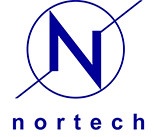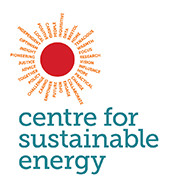Great Britain has about 1 million Low Voltage (LV) feeders; these have largely been designed and operated on a fit-and-forget basis for the last 100 years, but things are set to change. LV networks are expected to see radical transformation as we, as customers, alter our behaviour and requirements, stemming from the vehicles we drive, to the generation and storage devices we put onto and into our homes. Electricity generation is increasingly renewable and decentralised as the UK moves towards Net Zero targets.
The technology trialled as part of the OpenLV project provides a new, open and flexible solution that would not only provide the DNO, community groups and the wider industry with data from the LV network, but could also enable these groups to develop and deploy apps within LV substations through a common hardware platform. The OpenLV project sought to prove this technology and assess how the provision of LV network data and the ability to develop and deploy apps can provide benefits to the DNO, community groups and the wider industry.
The OpenLV platform:
- Allows local network measurement to be captured and shared.
- Enables computer applications to be placed in local substations. These applications can be used to create local physical effects such as controlling network devices or local non-network devices, such as electric vehicles.
- These applications can also be used to minimise the amount of data that needs to be sent by conducting local processing rather than continuous data streams.
- Once the data is uploaded from the substation, there are features which allow the data gathered from the platform to be shared with communities, businesses and the research sector.
Because of the containerised architecture of the applications that can be placed on the OpenLV platform, the technology can also help avoid vendor tie in for substation equipment. This could help maximise the value of monitoring units located within substations.






